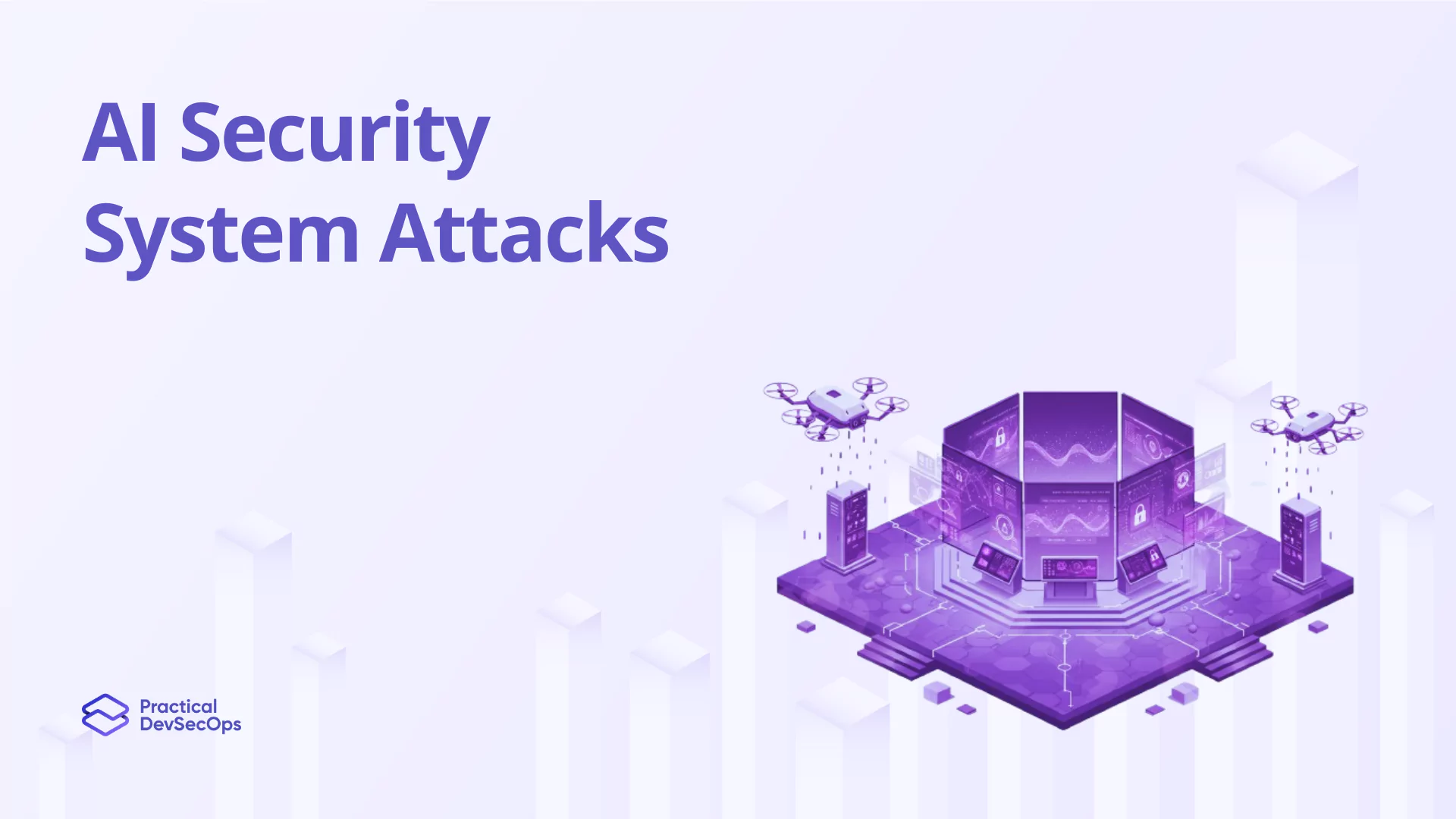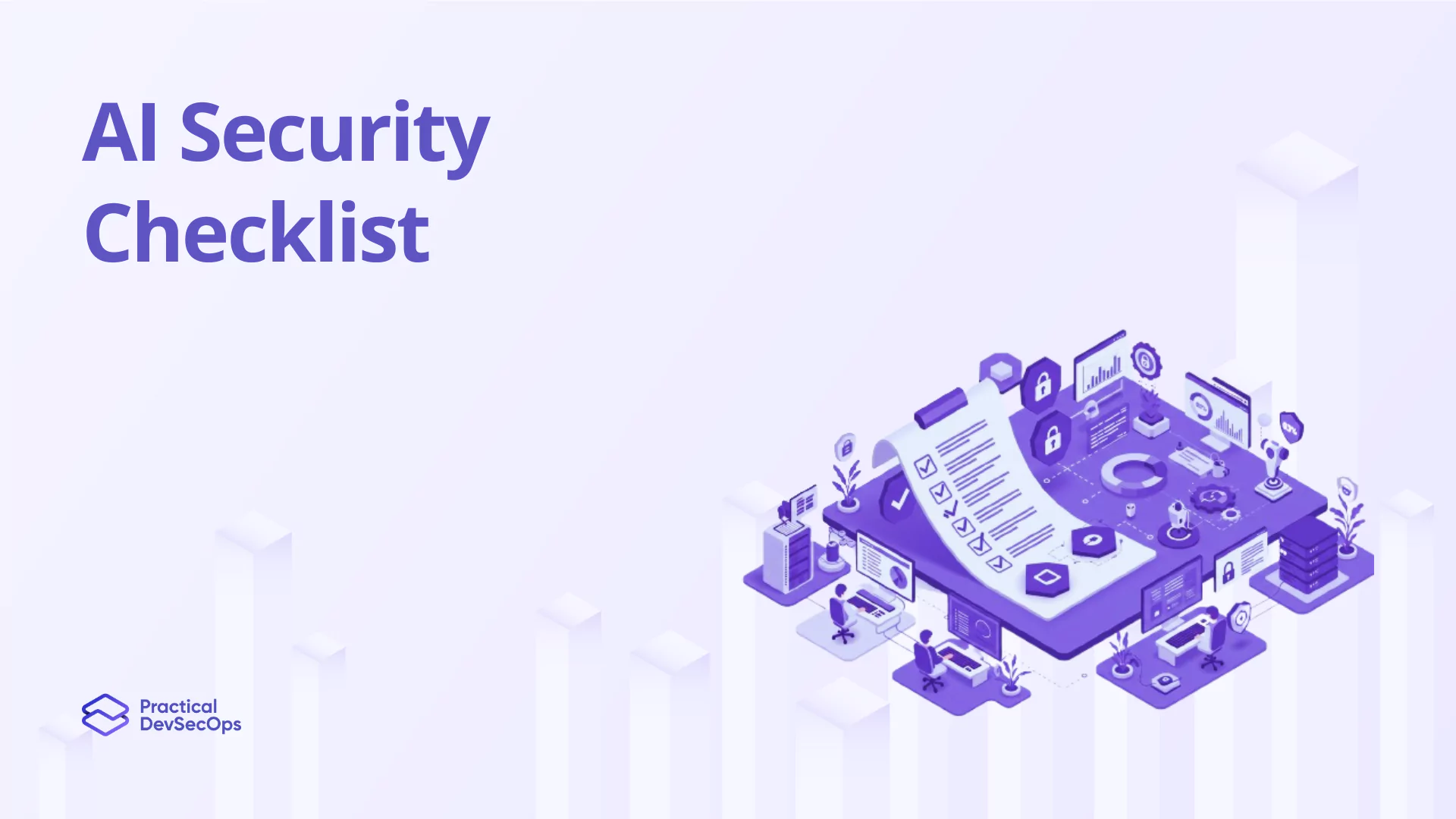Large Language Models (LLMs) like GPT-3, BERT, and their successors have become indispensable tools in modern software development, driving advancements in natural language processing, machine learning, and AI-driven applications. Their ability to generate human-like text, understand context, and perform complex tasks has revolutionized industries, from customer service to content creation.
However, as these models become more integrated into critical systems, they also introduce new risks—particularly in the software supply chain. Software supply chain vulnerabilities, traditionally associated with open-source libraries and third-party components, now pose significant challenges in the context of LLMs.
These vulnerabilities can compromise not only the security and integrity of the software but also the reliability and ethical use of AI models. Addressing these vulnerabilities is crucial to ensuring that LLMs continue to serve as reliable, secure components of modern software architectures.
Also read about Software Supply Chain Security Tools
Understanding Software Supply Chain Vulnerabilities
Definition of Software Supply Chain Vulnerabilities
Software supply chain vulnerabilities refer to weaknesses that can be exploited within the network of dependencies that constitute a software product. These dependencies include third-party libraries, open-source code, development tools, and more recently, AI models like LLMs. When any component in this chain is compromised, it can introduce risks across the entire software system, potentially leading to data breaches, unauthorized access, or corrupted outputs.
Historical Context and Evolution of Supply Chain Attacks
Supply chain attacks are not new; they have evolved alongside software development practices. Historically, these attacks have targeted the software distribution process, exploiting the trust placed in software vendors. High-profile incidents, such as the SolarWinds attack, have highlighted the devastating impact of supply chain vulnerabilities, leading to heightened awareness and increased security measures.
In the context of LLMs, the evolution of these attacks has taken a new dimension. The complexity and scale of LLMs, combined with their reliance on vast amounts of data and external libraries, make them particularly susceptible to supply chain vulnerabilities.
Specific Challenges Posed by LLMs in the Software Supply Chain
LLMs introduce unique challenges to the software supply chain due to their dependence on large datasets, pre-trained models, and third-party integrations. The opaque nature of these models, where the inner workings are often not fully understood even by their creators, compounds the difficulty of detecting and mitigating vulnerabilities. Additionally, the widespread adoption of LLMs across various sectors increases the potential impact of any supply chain attack involving these models.
Also read Software Supply Chain Security Interview questions and answers
The Unique Risks Associated with LLMs
Data Integrity Risks
Risks of Using Compromised or Biased Training Data
LLMs are only as good as the data they are trained on. If the training data is compromised—whether through intentional poisoning or inadvertent biases—the resulting model can produce flawed or harmful outputs. Data poisoning attacks, where adversaries introduce malicious data into the training set, can lead to models that behave unpredictably or unethically, undermining the trust in AI-driven decisions.
Examples of Data Poisoning and Its Implications on LLM Performance
There have been instances where data poisoning has led to models that are biased, produce disinformation, or are vulnerable to specific attacks. For example, a model trained on poisoned data might consistently output false information when queried on particular topics, or it could be manipulated to generate content that serves an attacker’s agenda.
Model Integrity Risks
Vulnerabilities in Pre-Trained Models and the Implications of Using Outdated Models
Pre-trained models, while convenient, can introduce vulnerabilities if not regularly updated or vetted for security. An outdated model may contain unresolved security flaws or be based on obsolete data, leading to incorrect or insecure outputs. Moreover, attackers can target these models, introducing subtle manipulations that are difficult to detect but have far-reaching consequences.
Case Studies of Incidents Involving Model Manipulation and Poisoning
A notable example includes the manipulation of AI models to produce specific biases or errors. In one case, attackers were able to alter a model’s training data subtly, resulting in outputs that favored certain political views, highlighting the potential for malicious influence in critical areas like information dissemination.
Third-party Dependencies
Risks Associated with Integrating Third-party Libraries and Plugins
LLMs often rely on a range of third-party libraries and plugins to extend their capabilities. These dependencies, while essential, can be vectors for supply chain attacks. If a third-party component is compromised, it can introduce vulnerabilities into the LLM, leading to data breaches or loss of model integrity.
Importance of Vetting Third-party Components to Avoid Introducing Vulnerabilities
To mitigate these risks, it is crucial to thoroughly vet all third-party components before integration. This includes conducting security assessments, reviewing code for vulnerabilities, and ensuring that the components are regularly updated to address any newly discovered security issues.
Also read Software Supply Chain risks to evaluate and mitigate
Common Examples of Vulnerabilities in LLM Supply Chains
Outdated Components
Issues Arising from Using Deprecated Libraries and Models
Using outdated libraries or models can leave an LLM vulnerable to known exploits. Attackers often target these outdated components, knowing that they may not be fully supported or patched. This can lead to security breaches, incorrect outputs, and a loss of trust in the system.
Insecure Plugin Design
Risks from Third-party Plugins and How to Mitigate Them
Insecure plugins can serve as entry points for attackers. These plugins, often integrated to enhance the functionality of LLMs, can introduce vulnerabilities if not designed with security in mind. Mitigating these risks involves implementing strict security protocols during the development and integration of plugins, as well as continuous monitoring for potential threats.
Data Leakage
Potential for Sensitive Data Exposure Through Model Outputs
LLMs are capable of generating outputs that, if not properly controlled, can inadvertently leak sensitive information. This data leakage can occur if the model is trained on proprietary or confidential data, or if it generates outputs based on sensitive input data.
Dependency Confusion Attacks
Explanation of Dependency Confusion and Its Relevance to LLMs
Dependency confusion attacks exploit the way software package managers resolve dependencies, substituting legitimate dependencies with malicious ones. This is particularly relevant for LLMs, which rely on a vast array of dependencies that, if not properly managed, could be compromised in this manner, leading to security breaches.
Also read Software Supply Chain Security Issues and Countermeasures
Best Practices for Mitigating Supply Chain Vulnerabilities
Implementing a Software Bill of Materials (SBOM)
Importance of Maintaining an Up-to-date Inventory of Software Components
An SBOM is a critical tool for managing supply chain security, providing a comprehensive inventory of all components used in software development. For LLMs, an SBOM ensures that all dependencies, models, and data sources are tracked, making it easier to identify and address vulnerabilities.
Regular Security Audits and Vulnerability Scanning
Tools and Methodologies for Conducting Effective Security Audits
Regular security audits and vulnerability scanning are essential for identifying weaknesses in the supply chain. Utilizing tools specifically designed for LLMs, such as automated code scanners and dependency checkers, can help ensure that all components are secure and up-to-date.
Adopting MLOps Best Practices
Integration of Security Practices Within the Machine Learning Lifecycle
MLOps (Machine Learning Operations) best practices integrate security into every stage of the machine learning lifecycle. This includes secure coding practices, regular model updates, and continuous monitoring for vulnerabilities, ensuring that LLMs remain secure from development to deployment.
Monitoring and Incident Response
Establishing Robust Monitoring Systems for Early Detection of Vulnerabilities
Effective monitoring systems are vital for the early detection of vulnerabilities in LLMs. These systems should be capable of detecting unusual behavior or outputs that could indicate a security issue. Additionally, having a well-defined incident response plan ensures that any detected vulnerabilities can be quickly and effectively addressed.
Also read about Software Supply Chain Security with Zero Trust
Frameworks and Standards for Securing LLM Supply Chains
Overview of Frameworks like SLSA (Supply Chain Levels for Software Artifacts)
SLSA is a security framework designed to ensure the integrity of software artifacts throughout the supply chain. Applying SLSA principles to LLMs helps secure the entire lifecycle of the models, from development to deployment.
Discussion of OWASP Top Ten for LLM Applications and Its Relevance
The OWASP Top Ten for LLM Applications provides guidelines for securing AI-driven applications, focusing on common vulnerabilities and how to mitigate them. Adhering to these standards helps organizations safeguard their LLMs against a wide range of supply chain threats.
Importance of Compliance with Industry Standards and Regulations
Compliance with industry standards and regulations is crucial for ensuring that LLMs are secure and trustworthy. Adhering to these standards not only protects against legal repercussions but also enhances the overall security posture of the organization.
Real-world Case Studies
Analysis of Notable Supply Chain Attacks Involving LLMs or Related Technologies
Real-world case studies of supply chain attacks involving LLMs highlight the potential risks and consequences of these vulnerabilities. By analyzing these incidents, organizations can learn valuable lessons and apply them to their own security practices.
Lessons Learned from These Incidents and How They Inform Current Best Practices
These case studies provide insights into the effectiveness of various security measures and help inform the development of best practices for securing LLM supply chains. Understanding what went wrong in these incidents is key to preventing similar occurrences in the future.
Also read about Software Supply Chain Security Key Incidents
Future Trends and Considerations
Emerging Threats in the LLM Landscape
As LLMs continue to evolve, so too do the threats they face. Emerging trends in AI and machine learning, such as adversarial attacks and more sophisticated data poisoning techniques, pose new challenges for securing these models.
The Role of AI in Enhancing Supply Chain Security
AI itself can be leveraged to enhance supply chain security, with machine learning models being used to predict and detect vulnerabilities. Integrating AI-driven security tools into the software development process can provide a proactive approach to managing supply chain risks.
Predictions for the Evolution of Software Supply Chain Vulnerabilities in the Context of LLMs
The future of software supply chain security will likely see an increased focus on AI and automation, with new tools and frameworks emerging to address the unique challenges posed by LLMs. Staying ahead of these trends is essential for maintaining the security and integrity of AI-driven systems.
Conclusion
Understanding and mitigating software supply chain vulnerabilities in Large Language Models (LLMs) is essential for securing modern AI systems. By recognizing the unique risks and applying best practices, developers and organizations can protect their models from emerging threats. As AI and machine learning evolve rapidly, prioritizing security in LLM implementations is crucial for maintaining the trust and integrity of AI-driven technologies.
Ready to lead the charge in AI security? Enroll in our Certified Software Supply Chain Security Expert course today and become a front-runner in safeguarding AI technologies. Join a community of Security professionals committed to excellence in product security.
FAQ Section
What are LLMs, and why are they critical?
Large Language Models are advanced AI systems capable of understanding and generating humanlike text, playing a crucial role in many modern AI applications.
What are common supply chain vulnerabilities in LLMs?
Common vulnerabilities include dependency poisoning and data manipulation, which can significantly alter the behavior and output of LLMs.
How can organizations safeguard LLMs from supply chain attacks?
Organizations can protect LLMs by conducting regular audits, practicing secure software development, and adhering to stringent data security protocols.
What future security challenges are anticipated for LLMs?
As LLMs become more complex and integrated into critical systems, anticipating and mitigating advanced cyber threats in real-time will become a paramount challenge.
How can LLMs be protected from data poisoning attacks?
LLMs can be protected from data poisoning by rigorously vetting and validating training data, implementing robust data cleaning processes, and continuously monitoring for unusual patterns or outputs that may indicate poisoning.
What role do third-party plugins play in LLM vulnerabilities?
Third-party plugins can introduce vulnerabilities if they are not properly vetted or maintained, as they can be a vector for malicious code or insecure dependencies that compromise the LLM’s integrity.
How does the use of outdated models impact LLM security?
Using outdated models can leave LLMs vulnerable to known exploits and security flaws, as they may not include the latest updates or patches that address emerging threats.
What are the best practices for securing LLM training data?
Best practices include sourcing data from trusted origins, implementing data encryption, regularly auditing datasets for biases or anomalies, and maintaining a strict version control system to track changes and updates.







0 Comments